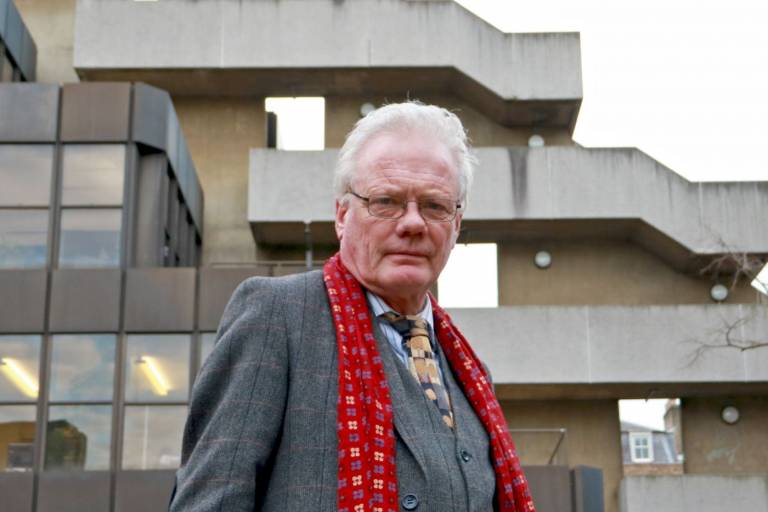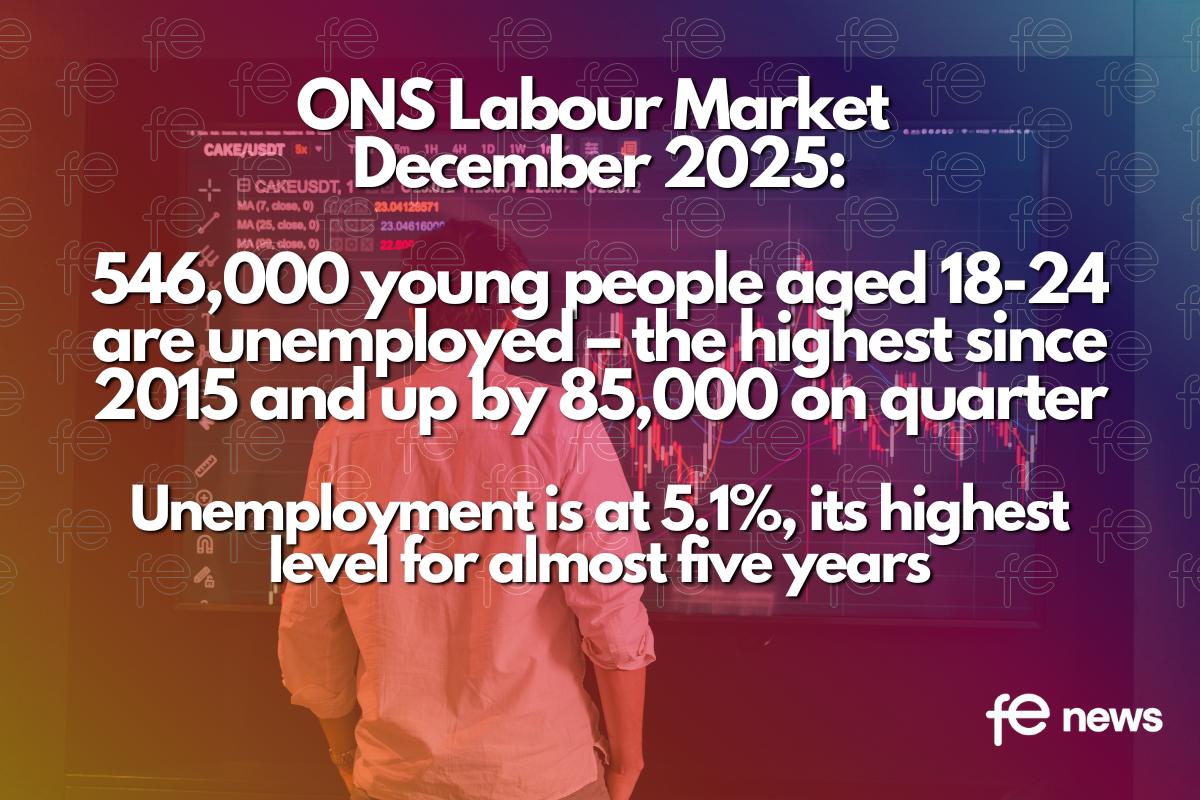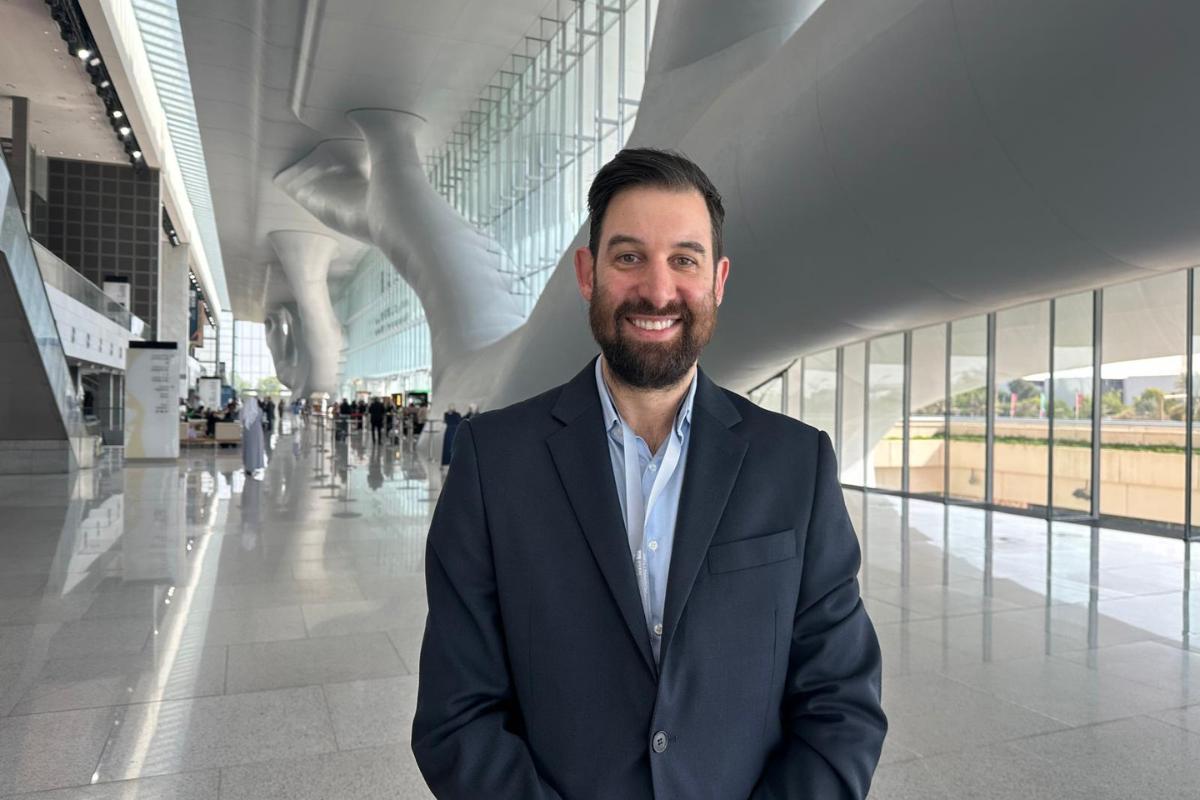Coordinated Regional Strategies Are Needed For Post-pandemic Regeneration

Global #shutdown has accelerated the Fourth Industrial Revolution #4IR – What does this mean for FE and skills?
The literature is clear: the geography of economic activity is largely regional with global links. Yet regeneration is often thought of in national terms, as states set regulatory frameworks and implement macro investment strategies. An increased emphasis on supportive national structures may be the thrust of post-pandemic activity.
However, as economies recover, regeneration would better be built up from coordinated regional strategies involving entrepreneurial ventures, and key players within the regional system, including Further Education Colleges, entrepreneurs, sources of capital, employees, policy makers, civic leaders and customers.
The G20 should be encouraged to promote regeneration through stimulating collaboration across these groups within a coherent geography.
The Challenge
Many businesses will not recover from the lockdown. Some were struggling to accommodate change before the pandemic. The global shutdown will accelerate that process known as the Fourth Industrial Revolution (4IR) by removing much inertia from the system. The resulting gap in production and employment will need to be filled by the new, largely knowledge-driven enterprises that are being predicted for the 4IR.
Sadly traditional approaches to regeneration in areas undergoing rapid economic decline have a limited success rate ( for example the rust belt in the USA, North East England, the northern provinces of Argentina). A persistent error is to seek to reboot industries that have lost their geographical and economic raison d’etre (automobile engineering in the US, shipping in South Wales).
Another is to impose employment initiatives onto regions with no economic or geographical logic (call centers, insurance head offices). Regeneration, perhaps now better expressed as re-design, is more likely to come from innovation closely linked to a sense of place.
There have been a number of studies of ‘the geography of proximity’. These agencies and individuals are generally held to include research and knowledge institutions, such as FE Colleges, training providers, entrepreneurs, sources of capital, employees, policy makers, civic leaders and, vitally, customers. The focus of this study is on the centrality of generating knowledge within Regional Innovation Systems (RIS)[1] in the generation of an entrepreneurial ecosystem[2].
Back in 2011 the OECD was recommending a focus on Regional Innovation Systems and clusters. Studies of RIS have tended to emphasize the centrality of the University in contributing the knowledge component of a local system: for example the important Asheim and Gertler’s study of the ‘Geography of Innovation’ : The rationale for using the RIS framework is that in principle universities are institutionally embedded in regional contexts [3].
This no doubt reflects the background of academic authors in this area. Undoubtedly universities are frequently the engine of entrepreneurial success, and many studies have reinforced this point. Universities are particularly vital in supporting high tech and bio tech industries.
But in the context of a widescale collapse of businesses across the economy, re-design will come from a balanced and inclusive ecosystem, not just from a Silicon Valley style elite, as has been argued in a previous G20 paper[4]. There are sources of knowledge outside of, if complementary to, the university sphere.
The challenge is to prime these further vocational institutions, colleges, apprenticeship providers, private trainers, R&D departments, to support entrepreneurial innovation within a regional system.
Proposal: supporting geographies of innovation
The process of knowledge production exhibits a very distinctive geography, one cannot understand innovation properly if one does not appreciate the central role of spatial proximity and concentration in this process[5]
The general conclusion is that, counter-intuitively, for innovatory knowledge-based economic activity geographical clustering is fundamental and is becoming ever more important.[6]
This process has been described as being spatially sticky[7] This is not about territory as such, but the bringing together of key players: knowledge and skills, customers and producers, with common understandings and shared cultural expectations.
Asheim et al emphasize the growing importance of socially organized learning processes. This is based on knowledge flows between the creators or possessors of knowledge, the producers and the customers.
The rapid, informed feedback by customers is of particular importance, especially if they also have an informed link to the knowledge holders, what Lundvall and Johnson described as learning through interacting.[8] This applies also to the teachers who staff colleges and other vocational institutions.
Many are recruited from local enterprises and maintain a dialogue with their former colleagues and employers, some even in dual employment. It will be important in post-pandemic planning, that priority is given to the supply of these teachers with current skills into colleges and vocational institutions.
Asheim introduces a new perspective arguing that that while Fordist businesses are highly institutionalized and clearly delineated, post Fordist organisations can be more like networks, even temporary in nature[9]. These are linked to local learning, characterised by a ‘fusion’ of the economy with the rest of society’ producing bespoke products and services across a number of networked, small enterprises working within a cluster of support services with localized expertise (accountancy, HR, PR, technical support etc.). Individual firms may come and go, but the networked system endures.
Asheim describes a transformation from production systems to learning systems. Such systems involve personal contact, common values and understandings, and a high degree of trust, all of which limit its ability to move out of a specific territory. These direct, face-to-face contacts also facilitate rapid responses to changing circumstances.
A major limitation of much of the literature is that it is fixated on the high skill ecosystem of the Silicon Valley model, with a dependence on high tech platforms and a mass market for biochemistry. These emphasize competitive strategies rather than social inclusion.
Agrawal et al[10] have produced detailed statistical evidence to provide evidence of the success of local innovation markets. Their evidence is drawn from high order activity such as the taking out of patents.
However, what the present phase (April 2020) of the pandemic illustrates is that society is highly dependent on goods and services outside of the STEM hierarchy (carers, delivery drivers, retail distribution, farmhands and so forth).
Here the same basic tenets apply:
- the need for innovation
- the use of knowledge centers to support innovatory practices
- improving skills
- better use of existing technologies
- regional distribution and localized interconnectivity in order to meet articulated client need.
The renewal and re-design of regional economies is going to be heavily dependent upon these more humble but vital occupations, and upon local manifestations of new social demands, such as for creative entertainment[11].
There is a vital need for both re-skilling and upskilling, for remote emergency teaching, and this process could start immediately through the use of IT Platforms providing micro-credentials. As long ago as 1996 Markusen[12] was identifying a reluctance by the regional economy to modernize, perhaps because of poor local training and business specific skills.
Post-pandemic this sluggishness must be challenged and addressed urgently in order to provide new areas of employment.
We propose that the G20 establish a small team to:
- Disseminate good TVET practice
- Support the prioritization of skilled personnel supply chains for TVET institutions
- Encourage an immediate programme of upskilling and reskilling using micro-credentials
- Encourage funding agencies to focus on regional systems, as described above
- Explore catalysts for regional collaboration, re-design and support for entrepreneurs
- Study the dynamics of successful regions post-pandemic.
Paul Grainger, UCL. P Little, Glasgow City College
[1] Agrawal, A.; Cockburn, I.; Galasso, A.; Oettl, A.). “Why are some regions more innovative than others? The role of small firms in the presence of large labs”. Journal of Urban Economics (2014). 81: 149–165.
[2] In regions where there is no entrepreneurial ecosystem, its absence adversely affects technology transfer processes and growth‑oriented ventures. Lawton-Smith, H., Chapman, D. P., Wood, P., Barnes, T., & Romeo, S. (2014). Entrepreneurial academics and regional innovation systems: the case of spin-offs from London’s universities. Environment and Planning C: Government and Policy, 32, 341-359. doi:10.1068/c11159b
[3] BT Asheim, MS Gertler –The geography of innovation: regional innovation systems, The Oxford handbook of innovation, 2005 – oxfordhandbooks.com
[4] K. Spours and P. Grainger https://www.g20-insights.org/policy_briefs/a-social-ecosystem-model-a-new-paradigm-for-skills-development/
[5] BT Asheim, MS Gertler -. See also, for example R Shearmur, C Carrincazeaux, D Doloreux,, Handbook on the Geographies of Innovation– 2016
[6] Signs of Life, the growth of Bio-technology Centres in the US. Cortright and Mayer 2002
[7] MS Gertler Tacit knowledge and the economic geography of context, or the undefinable tacitness of being (there) – Journal of economic geography, 2003
[8] Lundvall, B.-A., and B. Johnson (1994),’The learning economy’, Journal of Indus- trial Studies, 1 (2), 23^ t2. Page 264 …
[9] B Asheim, Temporary organisations and spatial embeddedness of learning and knowledge creation Geografiska Annaler Series B Human Geography 84(2):111 – 124. 2002
[10] Agrawal, A.; Cockburn, I.; Galasso, A.; Oettl, A. (2014). “Why are some regions more innovative than others? The role of small firms in the presence of large labs”. Journal of Urban Economics. 81: 149–165.
[11] P Tambling Can education and skills development be more aligned locally reflecting local work patterns, business growth? https://www.g20-insights.org/policy_area/the-future-of-work-and-education-in-the-digital-age/
[12] A Markusen, Sticky Places in Slippery Space: A Typology of Industrial Districts, Pages 293-313 | Published online: 09 Jun 2016)
FE News caught up with Paul Grainger just as he was preparing to jet off to Saudi Arabia for the 2020 G20 taskforce summit to discuss the future of work. You can listen to his podcast here:











Responses